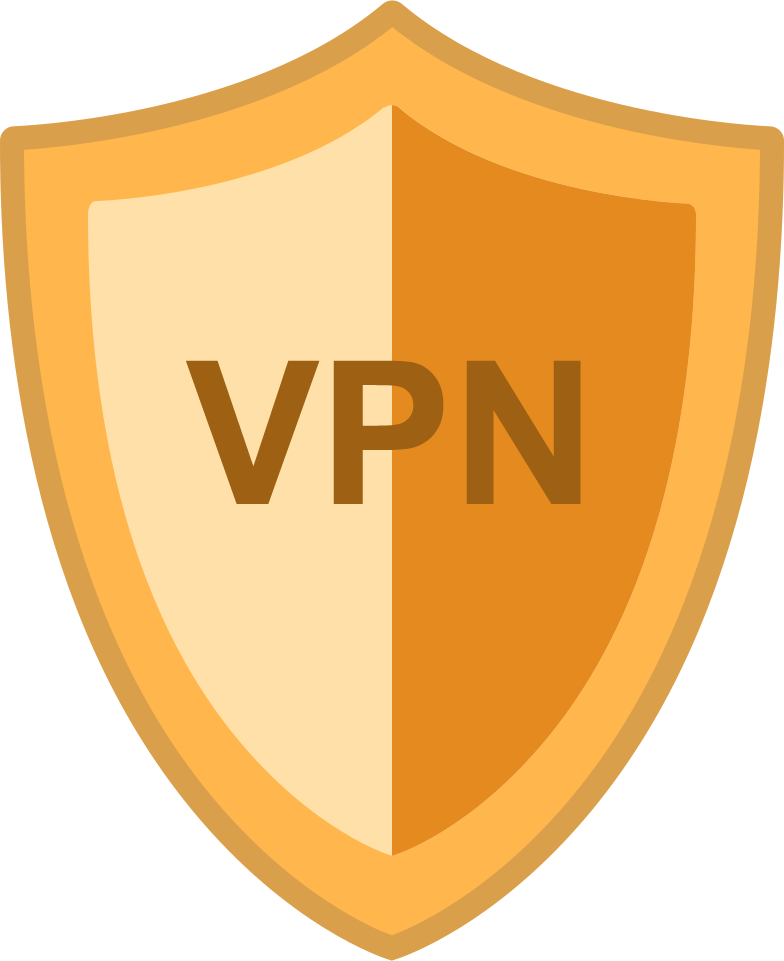
This image has format transparent PNG with resolution 784x961.
You can download this image in best resolution from this page and use it for design and web design.
VPN icon PNG with transparent background you can download for free, just click on download button.
A virtual private network (VPN) extends a private network across a public network and enables users to send and receive data across shared or public networks as if their computing devices were directly connected to the private network. The benefits of a VPN include increases in functionality, security, and management of the private network. It provides access to resources that are inaccessible on the public network and is typically used for remote workers. Encryption is common, although not an inherent part of a VPN connection.
A VPN is created by establishing a virtual point-to-point connection through the use of dedicated circuits or with tunneling protocols over existing networks. A VPN available from the public Internet can provide some of the benefits of a wide area network (WAN). From a user perspective, the resources available within the private network can be accessed remotely.
VPNs cannot make online connections completely anonymous, but they can usually increase privacy and security. To prevent disclosure of private information, VPNs typically allow only authenticated remote access using tunneling protocols and encryption techniques.
The VPN security model provides:
Secure VPN protocols include the following:
Internet Protocol Security (IPsec) was initially developed by the Internet Engineering Task Force (IETF) for IPv6, which was required in all standards-compliant implementations of IPv6 before RFC 6434 made it only a recommendation. This standards-based security protocol is also widely used with IPv4 and the Layer 2 Tunneling Protocol. Its design meets most security goals: availability, integrity, and confidentiality. IPsec uses encryption, encapsulating an IP packet inside an IPsec packet. De-encapsulation happens at the end of the tunnel, where the original IP packet is decrypted and forwarded to its intended destination.
Transport Layer Security (SSL/TLS) can tunnel an entire network's traffic (as it does in the OpenVPN project and SoftEther VPN project) or secure an individual connection. A number of vendors provide remote-access VPN capabilities through SSL. An SSL VPN can connect from locations where IPsec runs into trouble with Network Address Translation and firewall rules.
Datagram Transport Layer Security (DTLS) – used in Cisco AnyConnect VPN and in OpenConnect VPN to solve the issues SSL/TLS has with tunneling over TCP (tunneling TCP over TCP can lead to big delays and connection aborts).
Microsoft Point-to-Point Encryption (MPPE) works with the Point-to-Point Tunneling Protocol and in several compatible implementations on other platforms.
Microsoft Secure Socket Tunneling Protocol (SSTP) tunnels Point-to-Point Protocol (PPP) or Layer 2 Tunneling Protocol traffic through an SSL/TLS channel (SSTP was introduced in Windows Server 2008 and in Windows Vista Service Pack 1).
Multi Path Virtual Private Network (MPVPN). Ragula Systems Development Company owns the registered trademark "MPVPN".
Secure Shell (SSH) VPN – OpenSSH offers VPN tunneling (distinct from port forwarding) to secure remote connections to a network or to inter-network links. OpenSSH server provides a limited number of concurrent tunnels. The VPN feature itself does not support personal authentication.
WireGuard is a protocol. In 2020, WireGuard support was added to both the Linux and Android kernels, opening it up to adoption by VPN providers. By default, WireGuard utilizes Curve25519 for key exchange and ChaCha20 for encryption, but also includes the ability to pre-share a symmetric key between the client and server.
IKEv2 is an acronym that stands for Internet Key Exchange volume 2. It was created by Microsoft and Cisco and is used in conjunction with IPSec for encryption and authentication. Its primary use is in mobile devices, whether on 3G or 4G LTE networks, since it is effective at rejoining when a connection is lost.
In this clipart you can download free PNG images: VPN logo icon PNG images free download